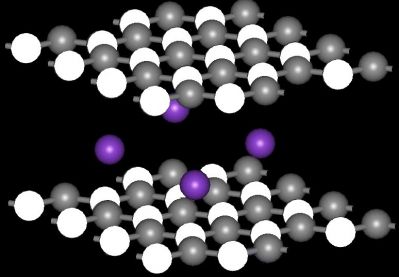Uncovering the behaviour of wonder materials

BN8Kstructure
Materialscientist at English Wikipedia [CC BY-SA 3.0 (http://creativecommons.org/licenses/by-sa/3.0) or GFDL (http://www.gnu.org/copyleft/fdl.html)], via Wikimedia Commons
EU-funded scientists made important advances in understanding the thermomechanical and electronic properties of graphene and hexagonal boron nitride (h-BN).
One-atom-thick, graphene is the thinnest material known to exist. It is
incredibly strong and with extraordinary properties that could
revolutionise everything from electronics to photovoltaics and medicine.
Along with widely studied graphene, h-BN is another 2D material that
shares the same spotlight, also existing as a free-standing
one-atom-thick film.
In the EU-funded project MESCD, scientists conducted a theoretical investigation into a number of different properties of these two materials. Approaches were based on density functional theory, large-scale atomistic modelling, elasticity theory and molecular dynamics simulation.
Scientists investigated basic and advanced mechanisms of strain distribution stemming from non-uniform triaxial stress and then studied their band gap tuning. Research also focused on electronic polarisation of single- and multilayer graphene and h-BN flakes. Simulations of the hydrogenated graphene revealed that its thermal rippling behaviour is completely different from that in graphene and h-BN.
Another focus was on the melting properties of graphene flakes and fluorinated graphene. Scientists provided the thermodynamical phase diagram for fluorinated graphene, with the ratio between carbon and fluorine atoms being an important variable.
Based on the elasticity theory, scientists provided an explanation for the ultra-low vibration frequency of free-standing graphene when interacting with a scanning tunnelling microscope tip. Finally, they studied the van der Waals energy stored between the graphene layer and the h-BN substrate.
Through its research, MESCD marked an important milestone in understanding the extraordinary behaviour of these 2D, one-atom-thick crystals. Project findings were published in peer-reviewed journals.
published: 2015-06-25

